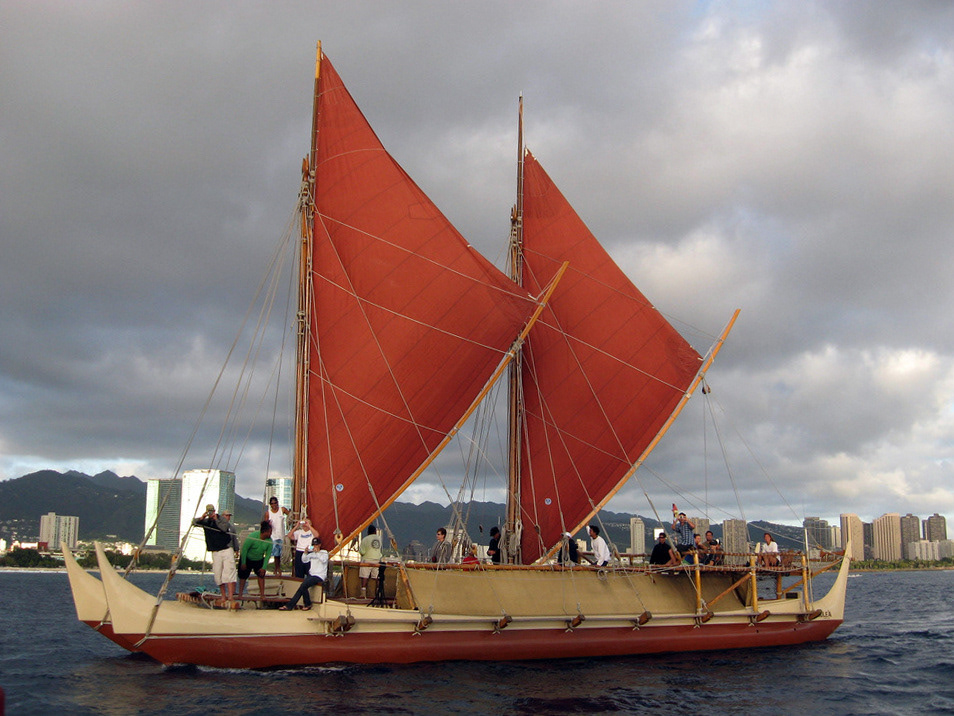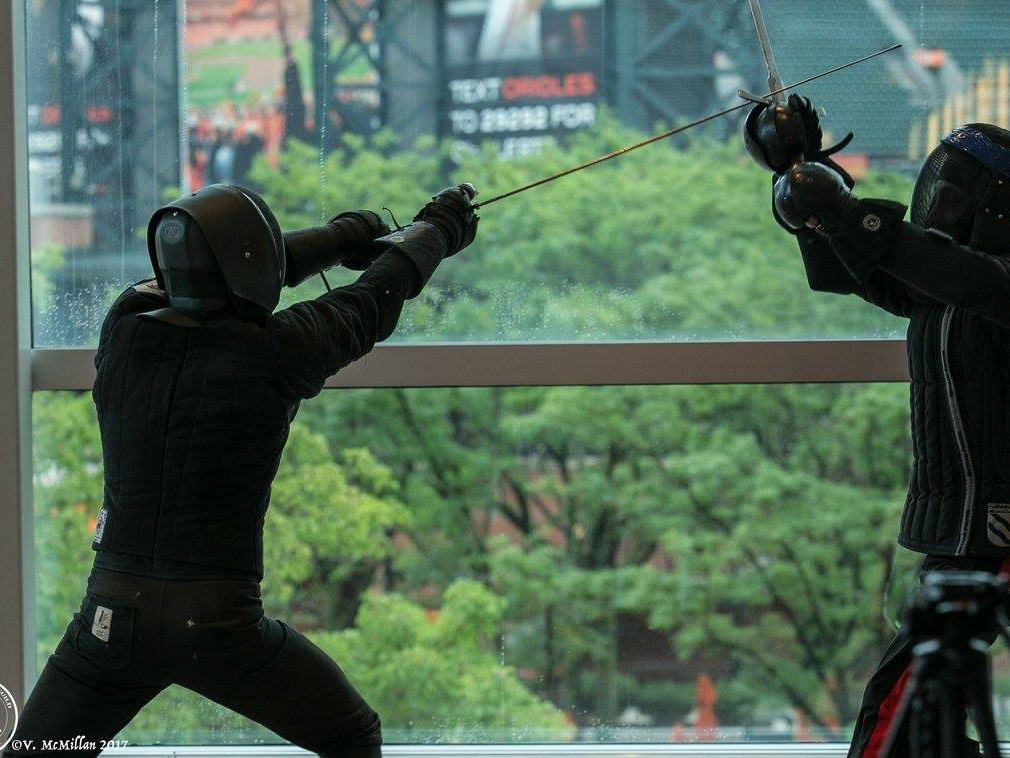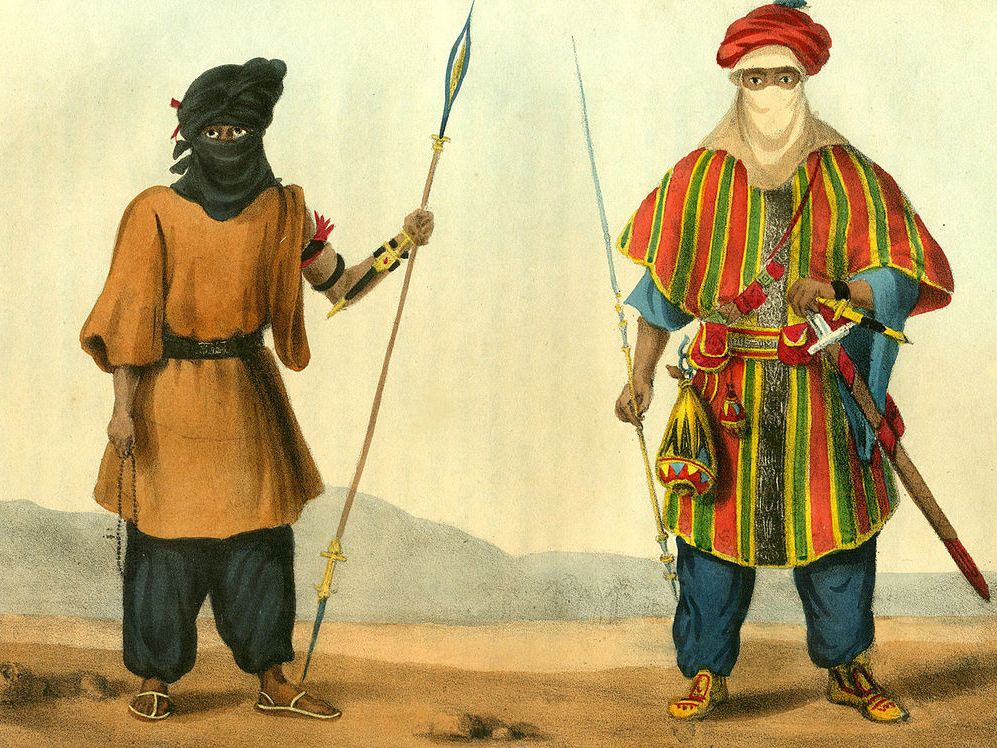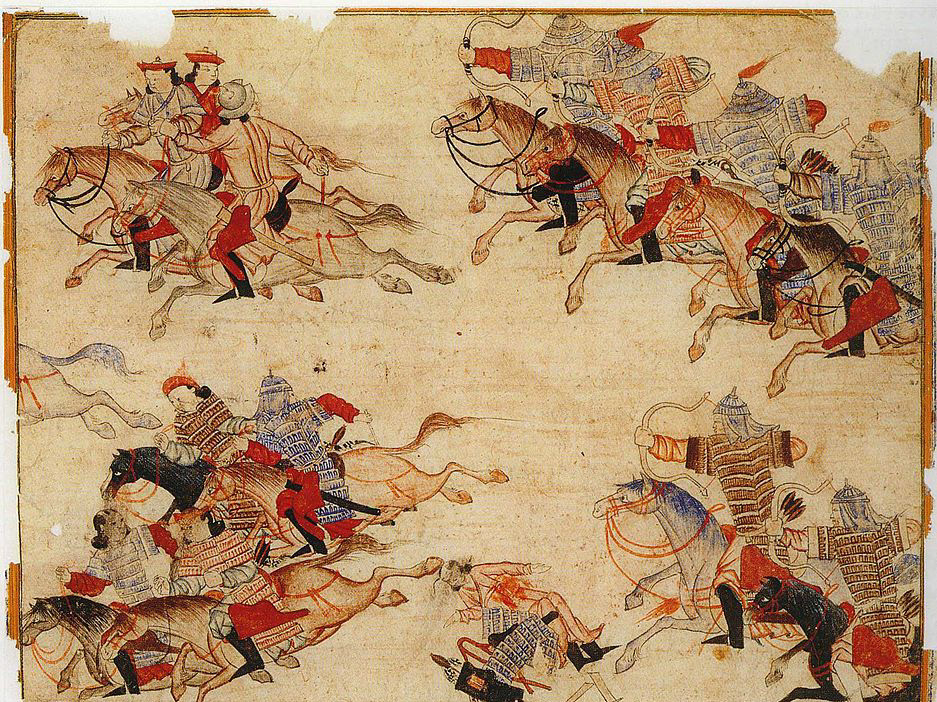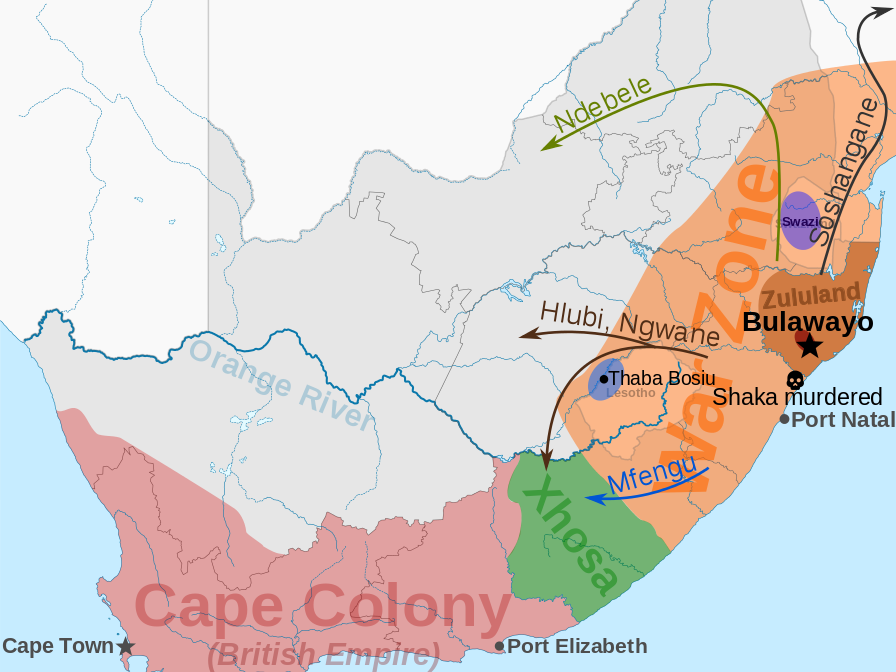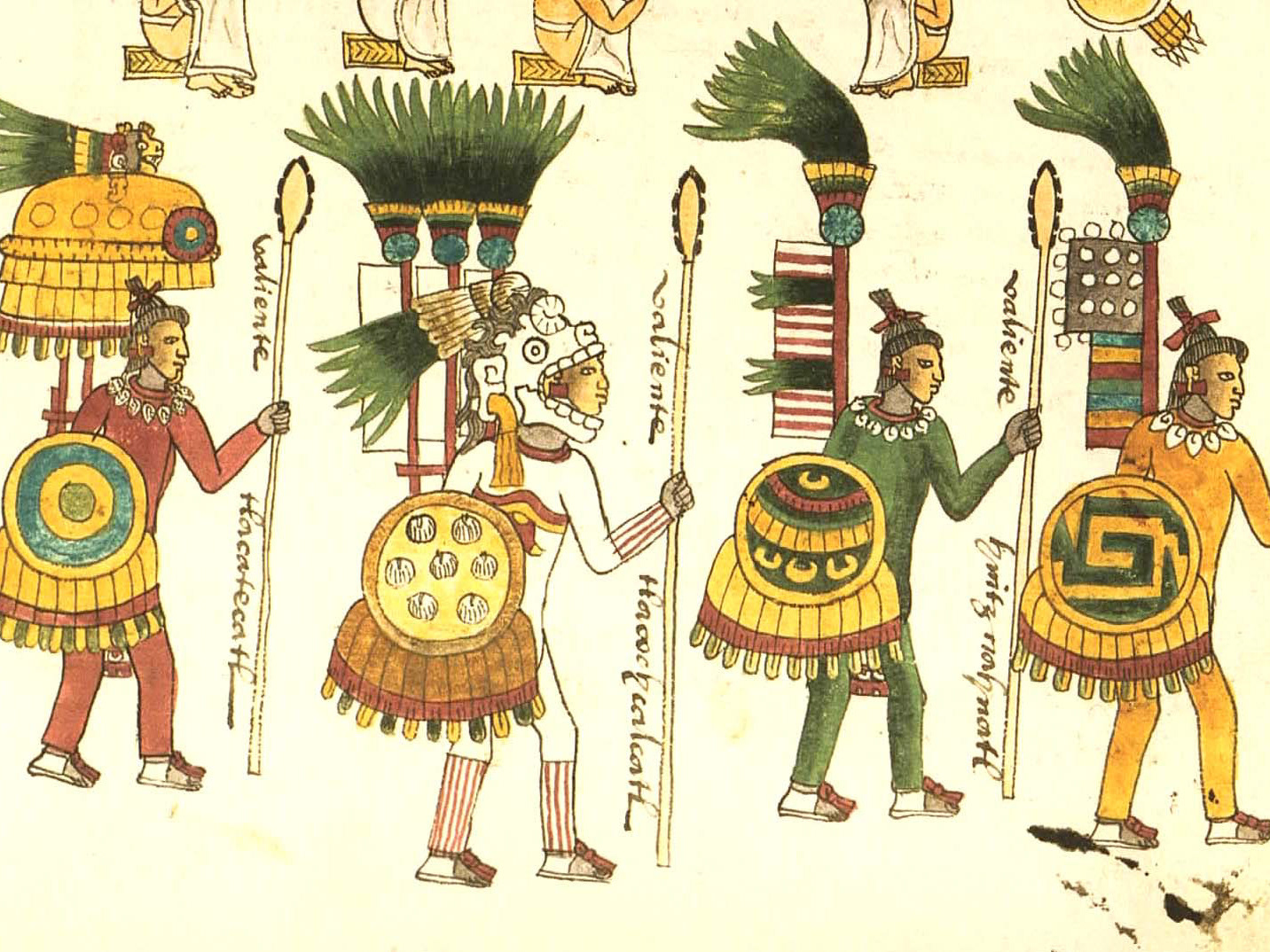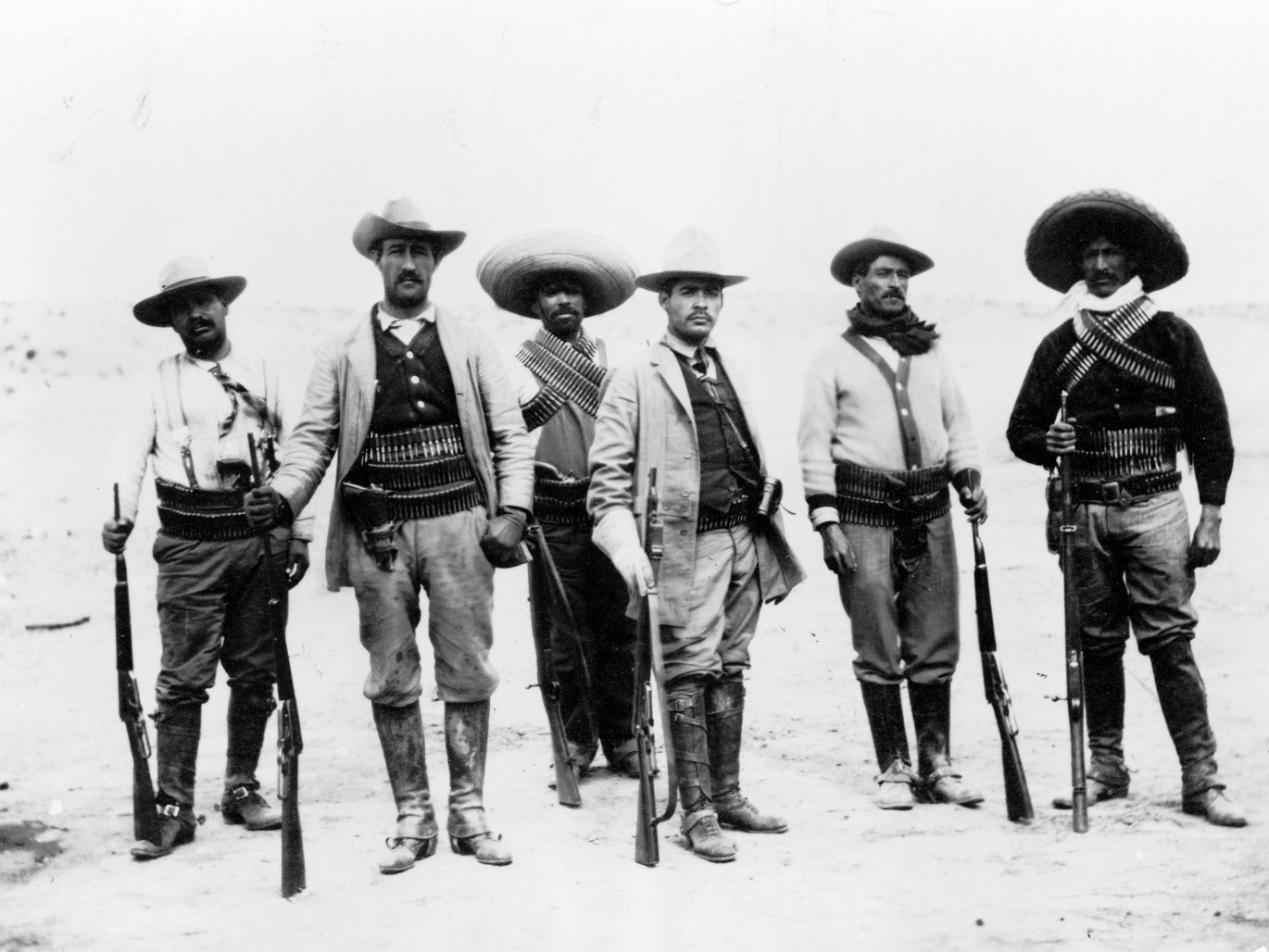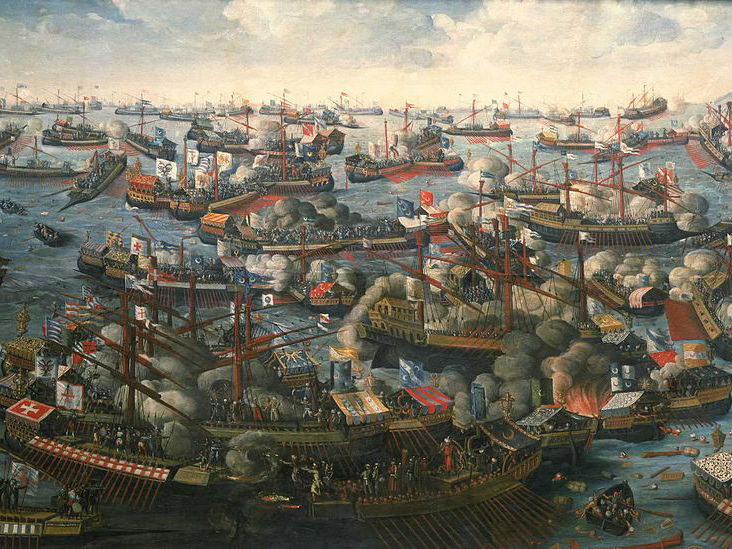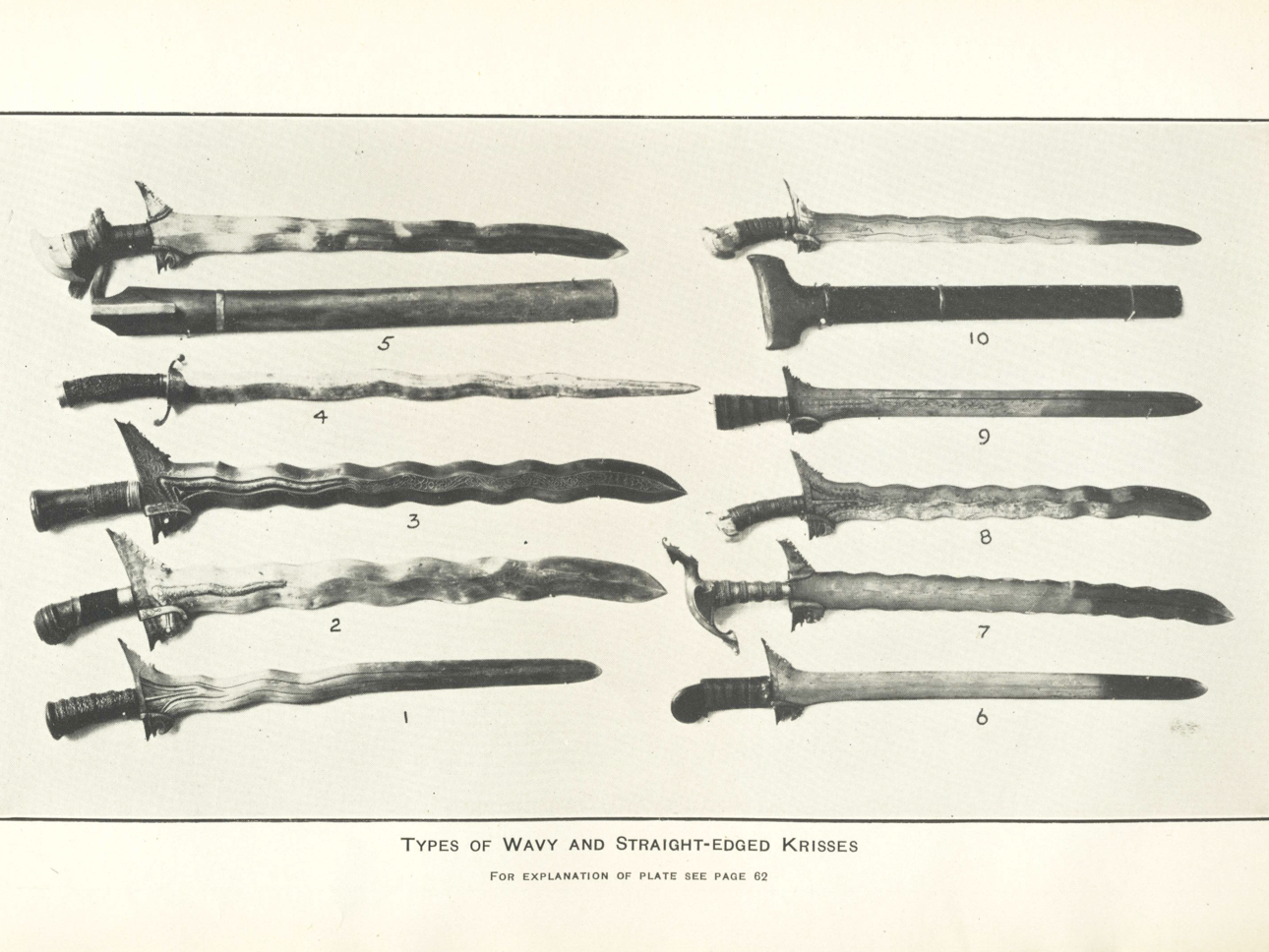Works Cited
Footnotes
“Japan - Rise and Expansion of Yamato.”
“Daimyo | Japanese Social Class.”
Victoria and Albert Museum, “Historical Background.”
“The Modern Re-Invention of Bushido.”
“Meiji Restoration | Definition, History, & Facts.”
“Meiji Restoration | Definition, History, & Facts.”
Johnston, “Japan’s Little-Known, but Significant, Role in World War I.”
“World War II in the Pacific.”
“World War II in the Pacific.”
“Gempei War | Japanese History.”
“Samurai at War.”
R. G. Grant, Battle A Visual Journey Through 5,000 Years Of Combat.
“The Ninja — Central Intelligence Agency.”
“Japanese Mounted Archery.”
R. G. Grant, Battle A Visual Journey Through 5,000 Years Of Combat.
R. G. Grant.
DK Books, Weapon A Visual History of Arms and Armor.
scholagladiatoria, Katana vs Longsword!!
“Metallurgical Examination of a Japenese Samuri Sword.”
“Metallurgical Examination of a Japenese Samuri Sword.”
DK Books, Weapon A Visual History of Arms and Armor.
Deal, Handbook to Life in Medieval and Early Modern Japan.
“Japanese Mounted Archery.”
DK Books, Weapon A Visual History of Arms and Armor.
“Japan: Memoirs of a Secret Empire . Samurai | PBS.”
DK Books, Weapon A Visual History of Arms and Armor.
“Samurai Armor.”
“The History of Martial Arts in Japan.”
“The History of Martial Arts in Japan.”
Green and Svinth, Martial Arts of the World.
Green and Svinth.
“Bushidō | Japanese History.”
Clark, “The Bushido Code: The Eight Virtues of the Samurai.”
Clark.
“Seppuku -- Britannica Academic.”
“Seppuku -- Britannica Academic.”
“The Modern Re-Invention of Bushido.”
Citations
Encyclopedia Britannica. “Bushidō | Japanese History.” Accessed June 26, 2018. https://www.britannica.com/topic/Bushido.
Clark, Tim. “The Bushido Code: The Eight Virtues of the Samurai,” n.d., 6.
Encyclopedia Britannica. “Daimyo | Japanese Social Class.” Accessed June 27, 2018. https://www.britannica.com/topic/daimyo.
Deal, William E. Handbook to Life in Medieval and Early Modern Japan. Bridgewater, NJ: Distributed by Paw Prints/Baker & Taylor, 2010.
DK Books. Weapon A Visual History of Arms and Armor. Edited by Paula Regan. DK Publishing, n.d.
Encyclopedia Britannica. “Gempei War | Japanese History.” Accessed June 27, 2018. https://www.britannica.com/event/Gempei-War.
Green, Thomas A., and Joseph R. Svinth. Martial Arts of the World: An Encyclopedia of History and Innovation [2 Volumes]: An Encyclopedia of History and Innovation. ABC-CLIO, 2010.
Encyclopedia Britannica. “Japan - Rise and Expansion of Yamato.” Accessed June 27, 2018. https://www.britannica.com/place/Japan.
“Japan: Memoirs of a Secret Empire . Samurai | PBS.” Accessed June 26, 2018. http://www.pbs.org/empires/japan/enteredo_8.html.
“Japanese Mounted Archery.” Accessed June 27, 2018. http://warfarehistorynetwork.com/daily/military-history/japanese-mounted-archery/.
Johnston, Eric. “Japan’s Little-Known, but Significant, Role in World War I.” The Japan Times Online, May 9, 2017. https://www.japantimes.co.jp/news/2017/05/09/national/history/japans-little-known-significant-role-world-war/.
Encyclopedia Britannica. “Meiji Restoration | Definition, History, & Facts.” Accessed June 27, 2018. https://www.britannica.com/event/Meiji-Restoration.
“Metallurgical Examination of a Japenese Samuri Sword.” Accessed June 26, 2018. http://www.dtic.mil/dtic/tr/fulltext/u2/b962712.pdf.
R. G. Grant. Battle A Visual Journey Through 5,000 Years Of Comat. Edited by David John. DK Publishing, n.d.
Khan Academy. “Samurai Armor.” Accessed June 26, 2018. https://www.khanacademy.org/partner-content/asian-art-museum/aam-japan-topic/aam-japan/a/samurai-armor.
“Samurai at War.” Accessed June 27, 2018. http://www.historyoffighting.com/the-japanese-samurai-at-war.php.
scholagladiatoria. Katana vs Longsword! Accessed June 26, 2018. https://www.youtube.com/watch?v=W8a7gpoSPbY&t=671s.
“Seppuku -- Britannica Academic.” Accessed June 26, 2018. https://academic-eb-com.proxy.library.vcu.edu/levels/collegiate/article/seppuku/66797.
“The History of Martial Arts in Japan.” Accessed June 26, 2018. http://www.tokyoezine.com/2011/04/27/the-history-of-martial-arts-in-japan/.
“The Modern Re-Invention of Bushido.” Accessed June 26, 2018. http://www.columbia.edu/~hds2/chushinguranew/Bushido/reinvention.htm.
“The Ninja — Central Intelligence Agency.” Accessed June 27, 2018. https://www.cia.gov/library/center-for-the-study-of-intelligence/kent-csi/vol9no2/html/v09i2a06p_0001.htm.
Victoria and Albert Museum, Online Museum. “Historical Background: The Edo Period,” January 13, 2011. http://www.vam.ac.uk/content/articles/t/the-edo-period-in-japanese-history/.
United States Holocaust Memorial Museum. “World War II in the Pacific.” Accessed May 25, 2018. https://www.ushmm.org/wlc/en/article.php?ModuleId=10005155.
